The Heady, Hazy, Hedonistic Days of Halston Get the Ryan Murphy Treatment
- Oops!Something went wrong.Please try again later.
- Oops!Something went wrong.Please try again later.
With its iconic ’70s and ’80s Manhattan backdrops of Studio 54, Olympic Tower, and (for those in the know) the Paul Rudolph town house, Ryan Murphy’s new limited series Halston on Netflix is a nostalgic time capsule.
Starring Golden Globe–winning actor Ewan McGregor as Roy Halston Frowick, a.k.a. Halston, the five-part drama tells the tale of the legendary designer from his humble Midwestern beginnings to his rise to the top of the fashion world and the eventual downfall of his empire and his death at the age of 57. One of the world’s first designers to become a household name, his creation of first lady Jackie Kennedy’s trademark pillbox hat placed him on the celestial map. The charismatic designer’s simple slinky designs (often cut from just one piece of fabric) were a favorite of his best friend Liza Minnelli (who wore his clothes exclusively), Elizabeth Taylor, Lauren Bacall, Anjelica Huston, and Diana Vreeland.
Fresh from his Oscar nomination for Ma Rainey’s Black Bottom, production designer Mark Ricker created Halston’s playground, including his Upper East Side town house, signature vermilion red offices at Olympic Tower, and the famed 1973 Battle of Versailles runway show. “These are iconic settings, and I wanted to make sure we got it right,” he says.
Halston’s design aesthetic as a man who would have the best of everything dictated the direction of the look. “This is a story about a man who designed every one of his living and working spaces to show his models and creations to their best advantage. As a director I was looking for an exact recreation of Halston’s world. I felt the more authentic we could be, the more we would understand Halston’s genius,” director Daniel Minahan tells AD.
Fortunately, Oscar- and Emmy-nominated Ricker was blessed with a wealth of well-documented photographs from Halston’s heyday. Ricker was a kid during that period, but he recalls seeing the designer’s JC Penney ads. For Halston’s first days as a milliner at the Bergdorf Goodman hat salon, Ricker researched Barbra Streisand’s 1964 television special My Name Is Barbra, which was filmed at the Fifth Avenue store. (Bergdorf devotees will no doubt recognize the interiors and escalator.)
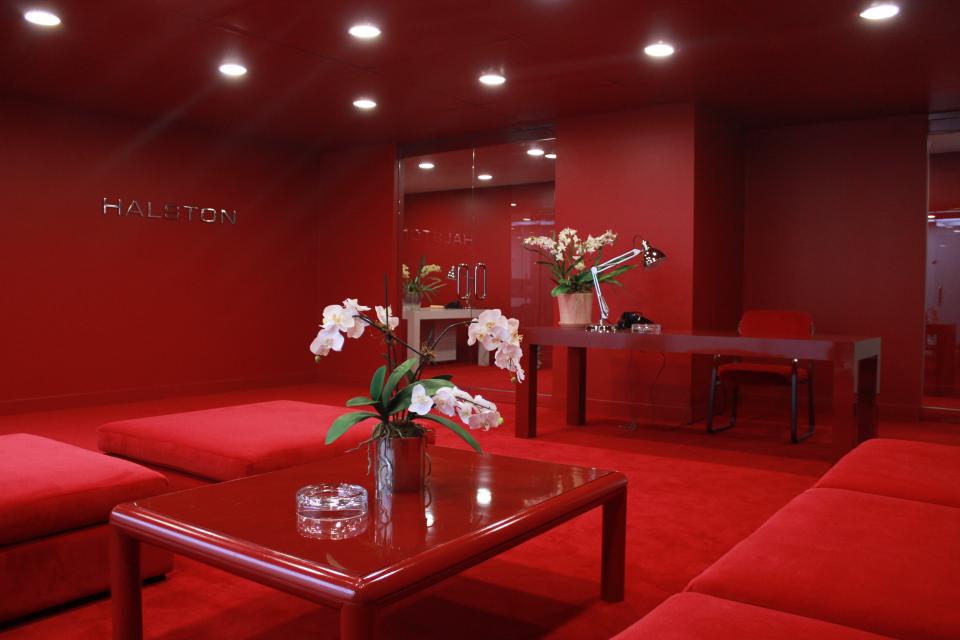
Halston’s spectacular Olympic Tower offices on Fifth Avenue were designed almost to scale on Brooklyn’s Broadway Stages. With its imposing 21st-floor view of the Manhattan skyline, the corner offices featured mirrored walls, floor-to-ceiling windows, and Halston’s signature red on the carpets, sectional sofas, chairs, and lacquered furniture. Ricker researched magazine articles for character and design clues (apparently Halston was inspired by an abundance of orchids, and typical office furnishings such as filing cabinets were nearly nonexistent).
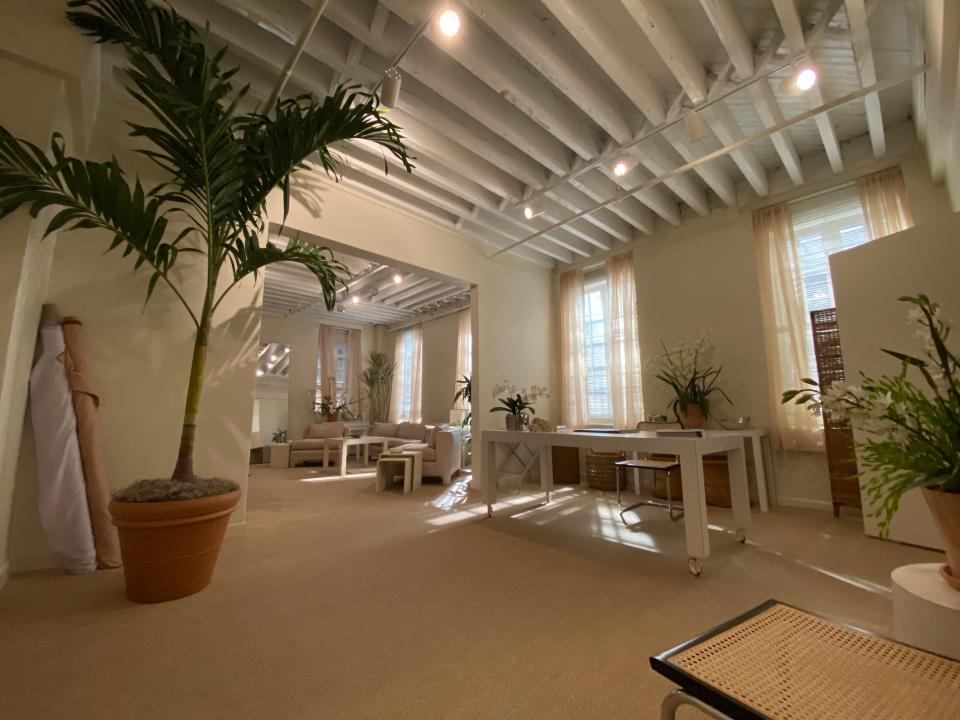
While few images from Halston’s early period as an up-and-coming designer were available, Ricker was able to replicate the natural sisal, whites, creams, and cashmeres of Halston’s first office and an early runway show for which Halston enlisted interior designer Angelo Donghia to create an oasis of fabric-covered walls and ceiling. “This was our most vibrant set, festooned with batik fabric like a Bedouin tent and filled with huge sprays of white orchids and potted palms,” says Minahan.
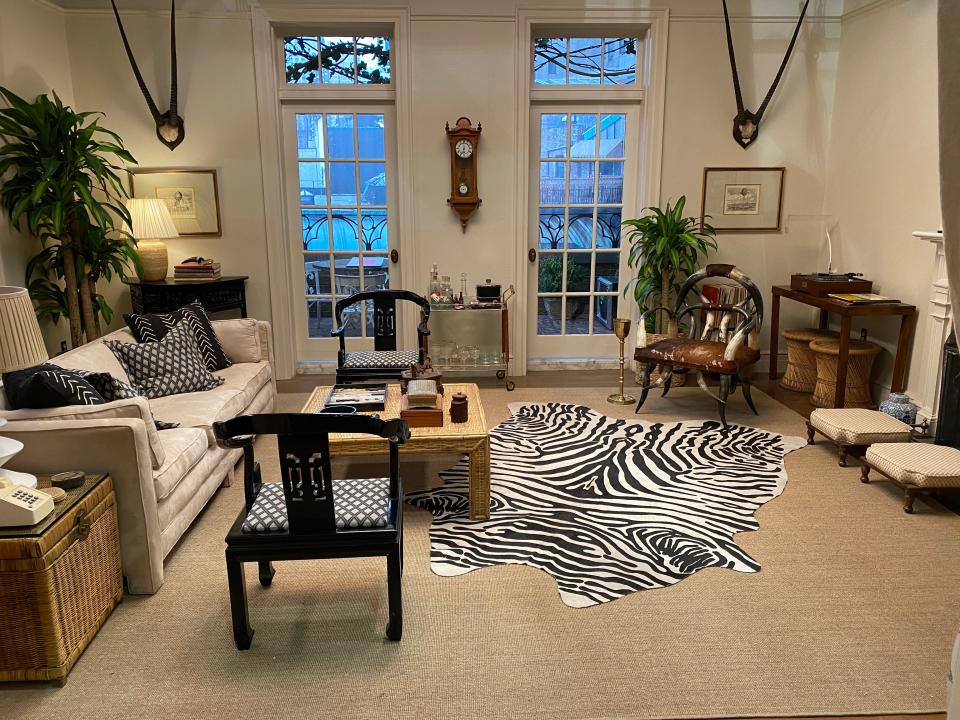
Ricker and set decorator Cherish M. Hale did get their hands on a photo of Halston’s first home, which showed a zebra rug and horn chairs. Finding the right furniture to recreate the space became “a real scavenger hunt,” says Ricker, who was surprised at how much that home differed from his later ultra-minimalist spaces.
That penchant for minimalism is most evident in Halston’s awe-inspiring four-story Brutalist-style town house, designed by Paul Rudolph. The Upper East Side home gets the Halston white, black, and grey treatment, with an iconic free-floating staircase, sunken living room, and fireplace frequented by the likes of Andy Warhol, Truman Capote, Bianca Jagger, and Liza Minnelli. Known as the Halston House, the home was later purchased by designer Tom Ford. Since Ford’s home was unavailable for filming, the location team found the perfect house with all the right bones in Brooklyn’s Red Hook. For the sunken living room, Hale slipcovered the Olympic Tower pieces and added a marble six-foot-square coffee table. In a case of life imitating art, Tiffany and Co. loaned $40,000 worth of home accessories from the collection of the late Elsa Peretti (former Halston muse, model, and pal) for the town house and Olympic Tower interiors.
Of course, this series wouldn’t have been complete without a runway show or two. For the 1973 Battle of Versailles event, a competition where French and American luminaries of fashion vied for bragging rights, Ricker found a mansion in Yonkers to represent one of the world’s most lavish and historic châteaux, and a 1920s movie theater lobby in Jersey City for the opera house.
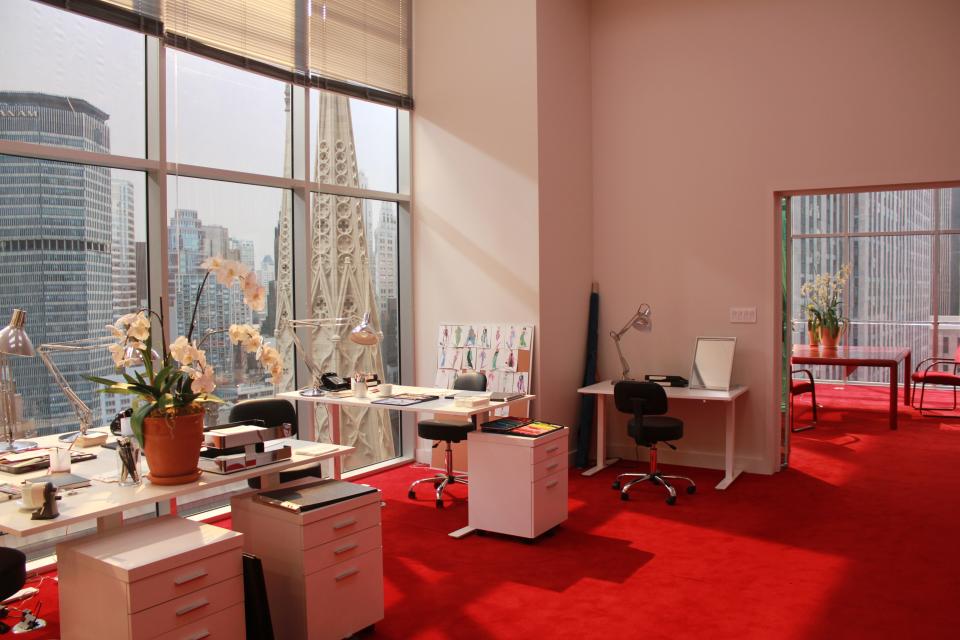
Like Halston’s timeless designs, his interiors are as fresh and modern now as decades ago. “The tricky thing is that the Halston interiors are so iconoclastic and timeless that they look very contemporary,” says Minahan, “so our strategy was to make a contrast between the chaotic look of the outside world of 1970s New York City and the precise, controlled interiors Halston’s world.” Ricker agrees, noting, “Good design is good design and timeless. Finding those moments for all of our sets was of interest to us.”
The Heady, Hazy, Hedonistic Days of Halston Get the Ryan Murphy Treatment
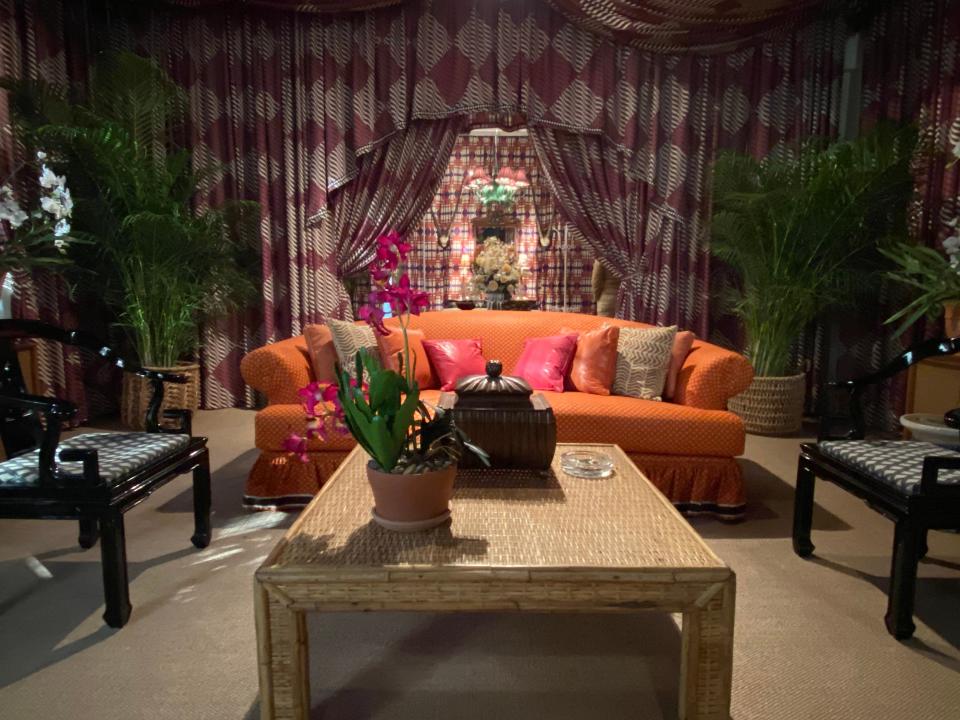
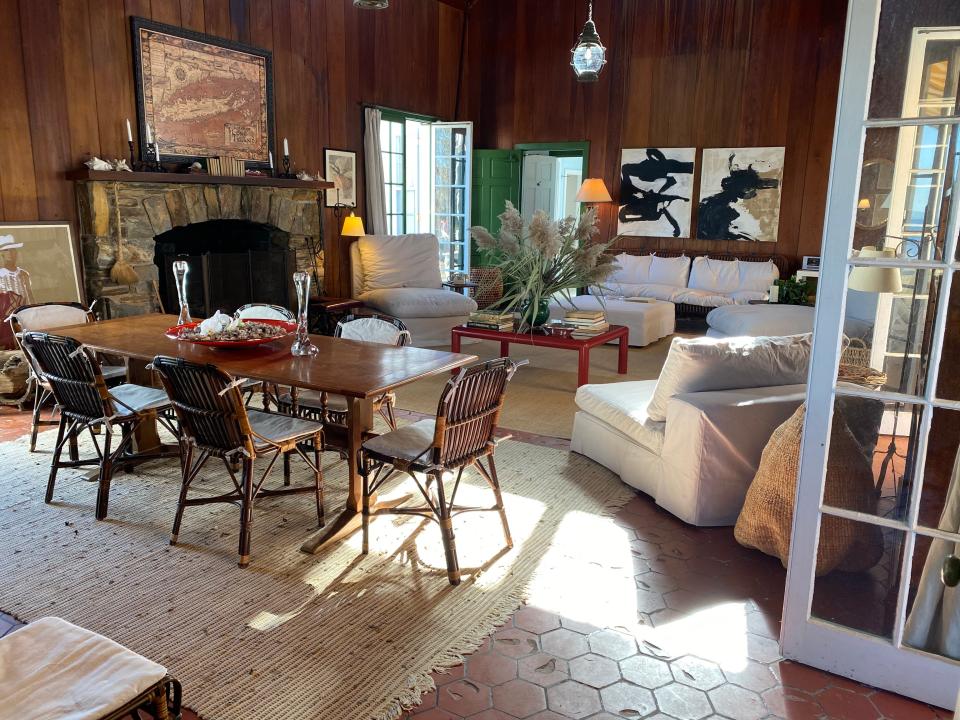
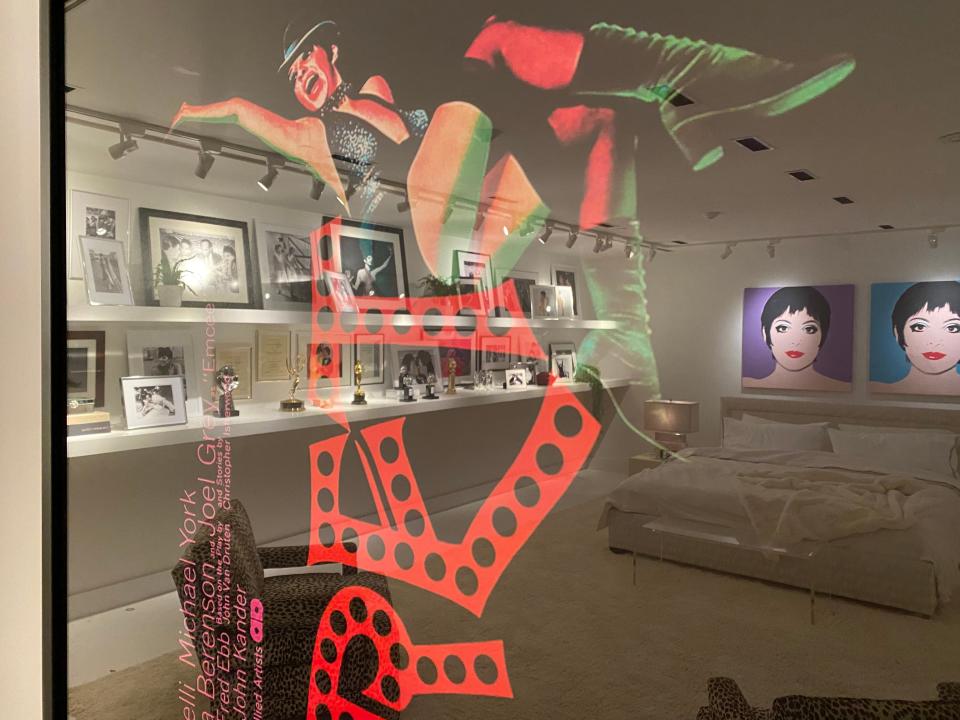
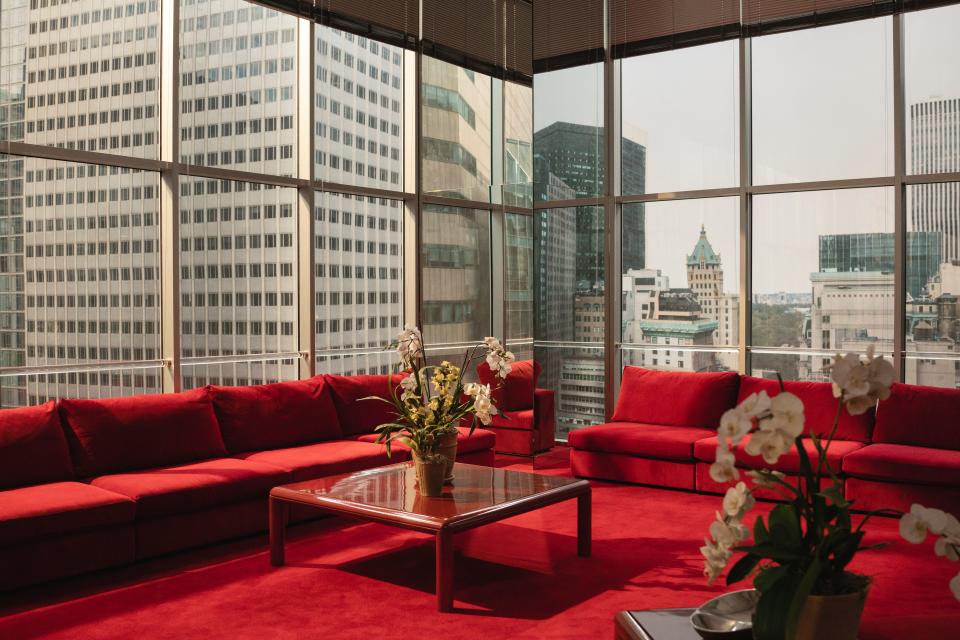
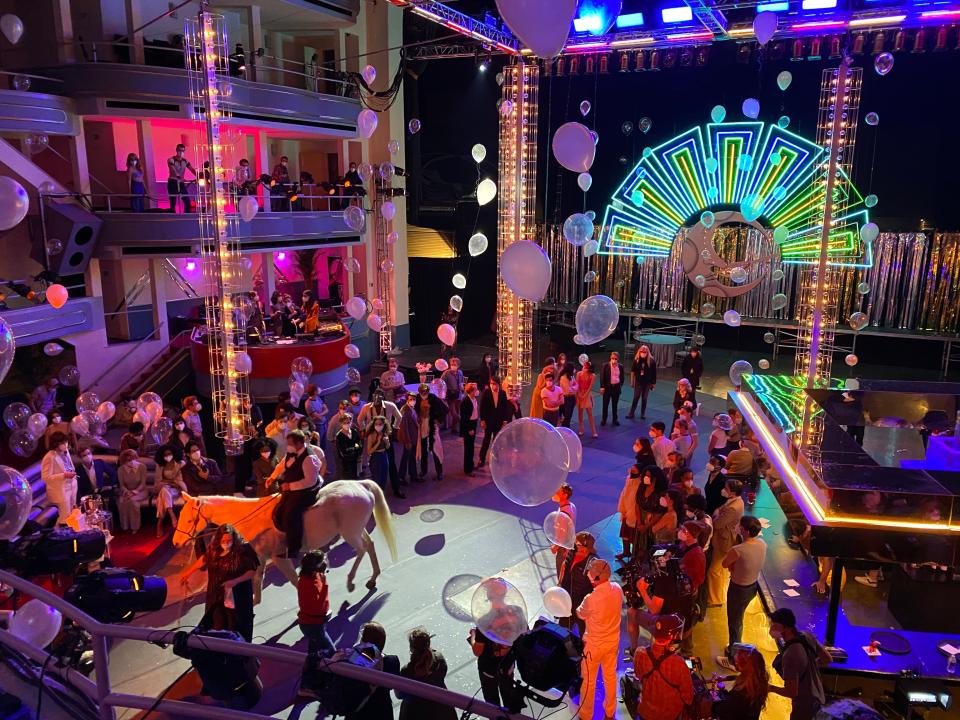




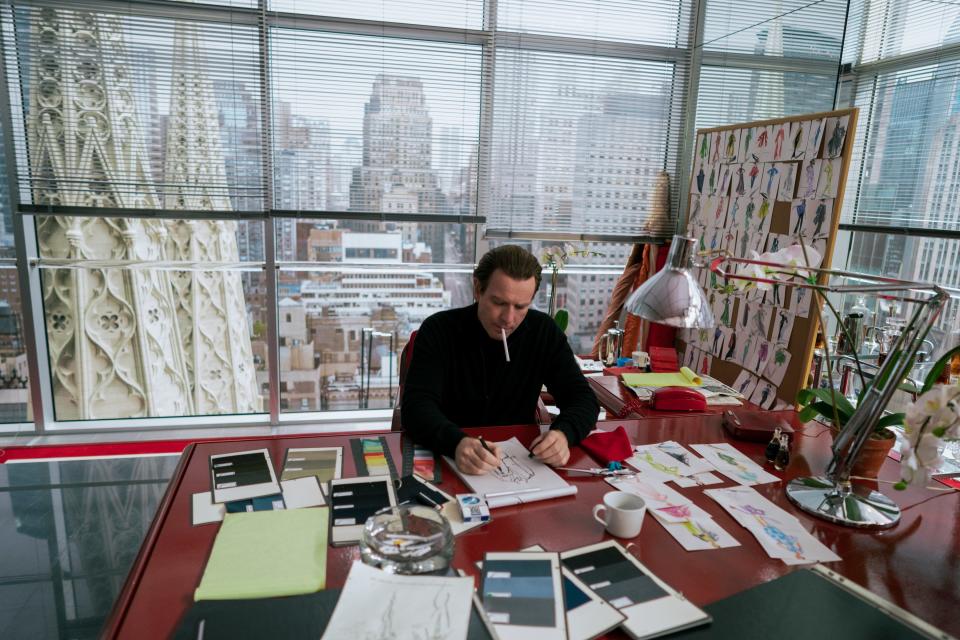
Originally Appeared on Architectural Digest

